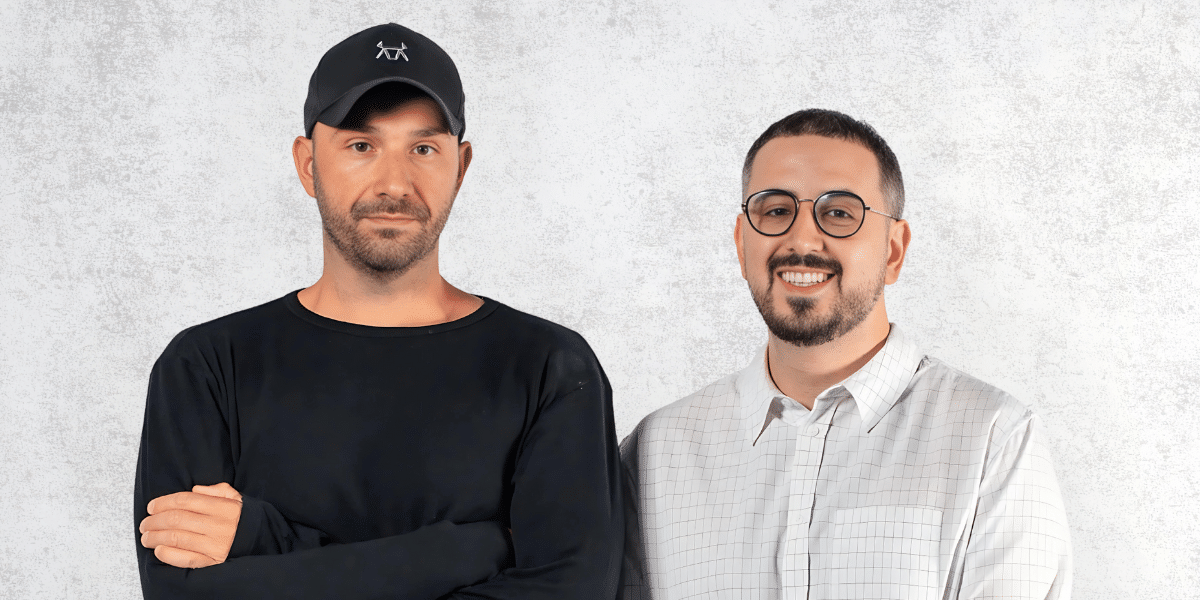Lifestyle changes can prevent about a third of cancers – that’s back a million cancers in Europe every year. You might have thought that most people would be aware of the risks associated with lifestyle, but you’d be wrong. The latest study, published in the European Journal of Cancer, shows that many people are still unaware and lack knowledge about risk factors, despite vast amounts of money being spent on public health education campaigns by organizations.
A significant minority of the public does not appreciate the importance of known risk factors or have unfounded views on possible causes, such as the use of cell phones or the proximity of overhead power lines.
People need a clear picture of cancer risks so they can make an informed decision about how to protect their health. The goal of the public health strategy to reduce the burden of cancer is to encourage people to avoid or minimize the risks they face. This is undermined when there is confusion about those risks.
The study of 1,300 adults found many misunderstandings about risk factors. Using data collected from the 2016 Attitudes and Beliefs About Cancer UK Survey in 2016, we wanted to explore people’s understanding of the causes of cancer and whether certain groups are likely to have an inaccurate cancer risk.
Hypersensitivity to cancer risk factors
The results of our analysis have surprised us. Overall, the questions people asked about cancer risk factors were answered on-point. Few people had a limited understanding of the identified risk factors. Still, those with more knowledge also more often subscribed to fictitious causes, such as microwave ovens, radiations and electromagnetic frequencies.
We couldn’t research why this was happening, but it does suggest “hypersensitivity” to risk factors: people sensed dangers where they did not exist. This indicates that people are not filtering health messages that are spread through their social networks and media channels.
People were generally unable to identify risk factors supported by scientific evidence. Four in ten respondents were unaware that obesity is linked to an increased risk of cancer. A comparable percentage did not recognize the dangers of sunburn. And almost three in four respondents (71%) did not realize that having the human papillomavirus (HPV), a common virus that affects wet skin and membranes and can be spread through sexual contact, is related to specific forms cancer, including cervical, oral and anal cancer.
Not a risk factor.
Not only were some people unaware of the identified risks, but others also had beliefs about the causes of cancer that are not supported by science. Nearly half of the respondents thought stress was a factor and a quarter blame cell phones. One in five feels that microwave use was a risk factor. The research raises questions about the source of information for humans.
The public is not keeping up.
Consistent with previous research, people who were white and spent longer in education were more likely to identify the actual causes of cancer. Younger and white people were more likely to believe in baseless cancer risks. The results support existing evidence that specific populations are likely to have a lower understanding of cancer risks. Targeting health messages in a way that is accessible and understandable to everyone in society is key to tackling communication inequalities.
This is important as science is developing an increasingly complex picture of the factors that contribute to cancer. As the field progresses, public knowledge is unlikely always to keep up, leaving important health promotion messages unattended.
As people get their news more and more through social media – sometimes from untrustworthy sources (so-called ‘fake news’) – it will be crucial to monitor the shifts in people’s beliefs about the causes of cancer and changes in their behaviour way of life. The results of the research can be used as a measure of public understanding of cancer risk factors against which to measure future changes.





